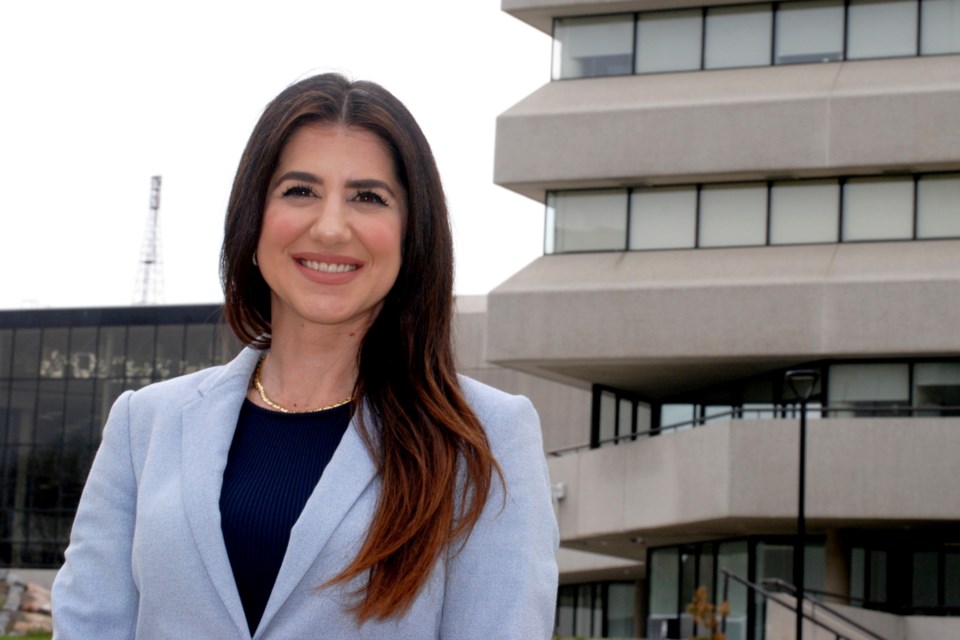Pushing for a reinstated “sense of autonomy and efficiency,” mayoral candidate Miranda Rocca-Circelli wants to see the city investigate a decentralized model.
The 2001 amalgamation of area municipalities that formed the City of Greater Sudbury in 2001 has carried “negligible” cost-savings and eroded a sense of community, she said in a media release issued this week.
“The impact of the amalgamation on our citizens has reached a tipping point and we as a city need to take action to find options and solutions to serve the people who live in the amalgamated towns and restore their sense of belonging,” she said.
The unique needs of citizens in each of the amalgamated towns needs to be identified, she said and services and programs delivered by the city need to be reviewed to single out which ones should be reallocated to outlying communities.
By lobbying for decentralized services, she hopes to see the city “create a sense of community where our citizens feel they belong again.”
The amalgamation of seven municipalities (Sudbury, Capreol, Nickel Centre, Onaping Falls, Rayside-Balfour, Valley East and Walden) and the Regional Municipality of Sudbury into one centralized model was rooted in a “one-stop shop” approach aimed at a cost savings estimated in the millions of dollars annually, Rocca-Circelli wrote in her media release.
A Northern Policy Institute report from 2016 notes, “Amalgamation resulted in considerable savings on general government expenditures” as a result of seven councils and mayors consolidated into one group.
“In every case of municipal services that were provided solely by lower-tier municipal governments (with the exception of street lighting), expenditures per household in Greater Sudbury had a distinct upward spike after amalgamation in 2001.”
Overall, the reports notes there “appears to have been a negligible change in total expenditures in 2001 resulting from amalgamation.”
In her media release, Rocca-Circelli writes, “If after 20 years, the cost savings in the amalgamation have proven to be negligible, have we taken the time to best identify the cost to our people in terms of the social impact?”
This isn’t the first time some kind of de-amalgamation has been looked at during election time.
In 2018, mayoral candidate Dan Melanson campaigned on a decentralized model to examine how services have performed since amalgamation and how they can be improved.
Also that year, Ward 2 Coun. Michael Vagnini presented a motion for the city to solicit options from the province to “decentralize services to provide autonomy to the towns and cities that existed prior to amalgamation.”
On March 19, 2019, Vagnini’s motion was finally voted on, at which time it was defeated 8-4.
In her media release, Rocca-Circelli contends the city needs to revisit Vagnini’s motion.
“Our amalgamated towns are part of our city, and we together are a family that needs to be inclusive of the needs of all our citizens,” she said. “We can look to hybrid models such as the one that councillor Vagnini offered back in 2019, where some services can be shared and some services should be allocated to the amalgamated towns to reinstate a sense of autonomy and efficiency.”
In the Oct. 24 municipal election, Rocca Circelli is running against Evelyn Dutrisac, Don Gravelle, Bob Johnston, Paul Lefebvre, and Devin Labranche. Mayor Brian Bigger has yet to register, but recently reaffirmed to Sudbury.com his intention to file prior to the Aug. 19 nomination deadline.
